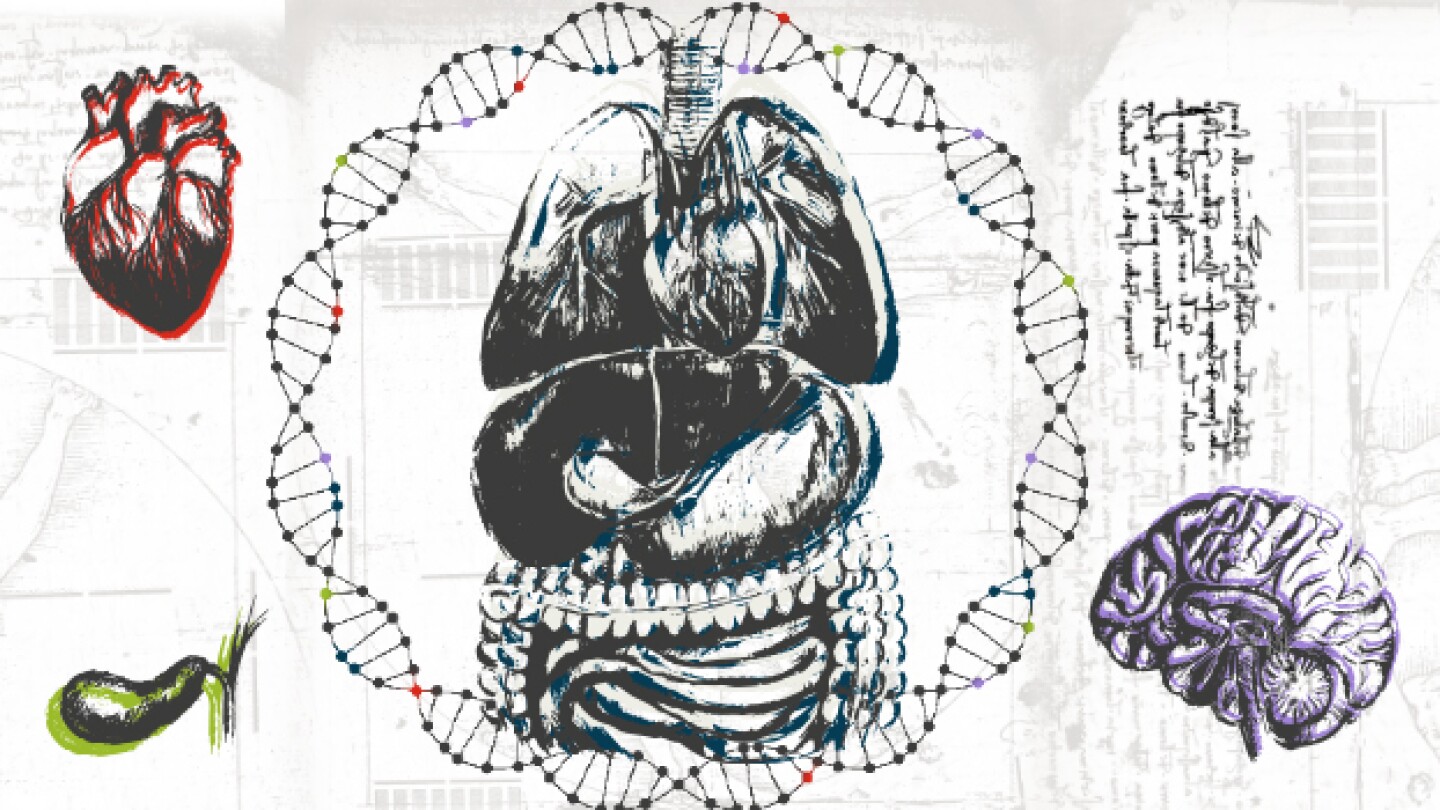Preclinical
From the skin to the lungs to the central nervous system, biotech companies are making progress toward delivering RNA therapeutics to multiple targets throughout the body. But challenges remain.
For forms of Alzheimer’s, frontotemporal dementia and Parkinson’s caused by genetic defects, gene therapy could change the treatment landscape.
To protect the central nervous system, the blood-brain barrier bars entry to around 98% of molecules—but approaches like Roche’s trontinemab could spell new hope in Alzheimer’s and beyond.
While sensitive and specific biomarkers for Alzheimer’s disease have recently taken a leap forward, the Parkinson’s space has lagged behind. Neurofilament Light Chain could change that.
The new Rice Biotech Launch Pad aims to harness local resources to grease the skids of innovation, from the lab to the clinic.
The Pharma Proteomics Project isn’t the first precompetitive collaboration between pharma companies, but it’s one of the largest. Members recently published associations they’ve uncovered in UK Biobank data.
The next frontier in RNA therapies, RNA editing has the potential to treat both genetic and common disorders, and the technology is rapidly expanding beyond the liver.
Google and Microsoft are already making inroads into drug development, but smaller biotechs focused on AI may end up leading the charge.
The first annual BioTechX USA, held in Santa Clara in September, bridged the communication gap by bringing together life sciences leaders in all areas of the industry.
As researchers face delayed project timelines and inflated costs, industry leaders are offering an alternative option for sourcing nonhuman primates.
PRESS RELEASES










